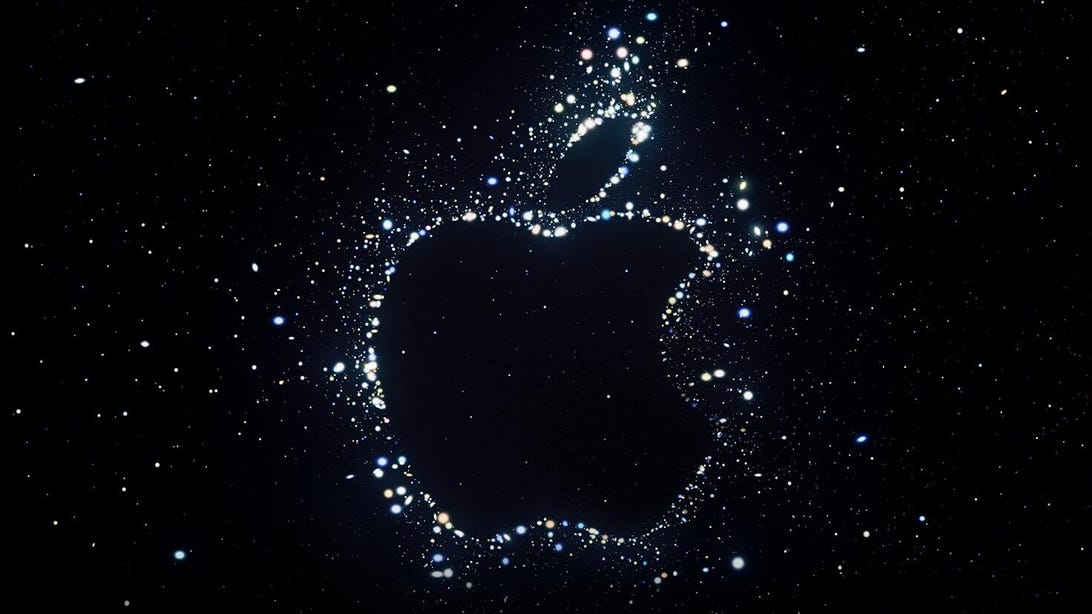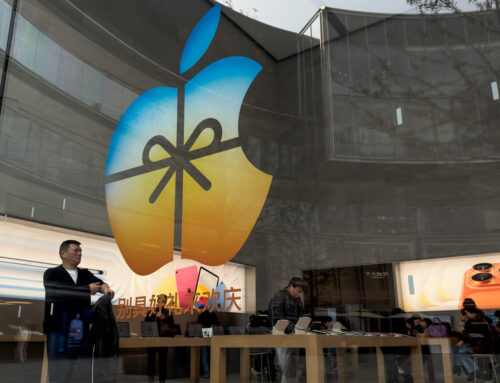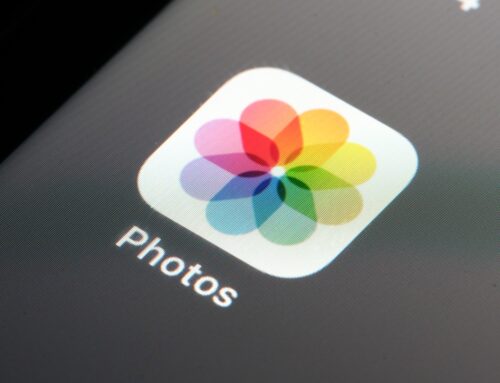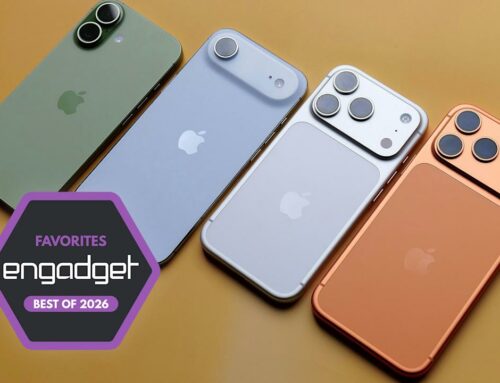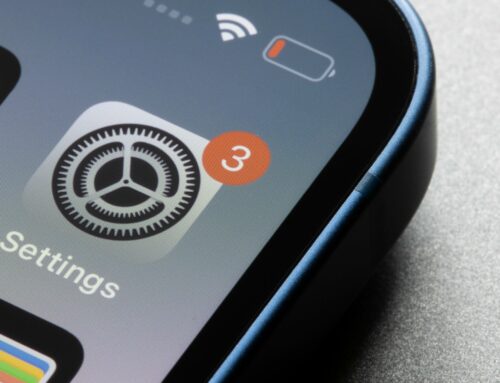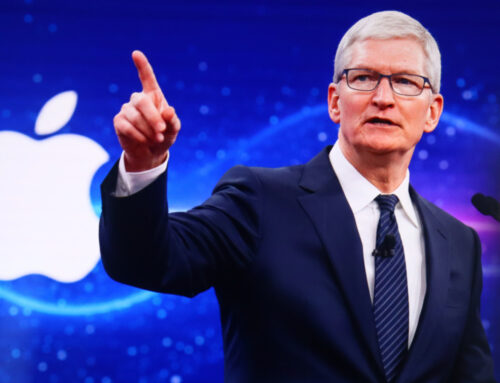Apple has set the date for its latest iPhone’s debut. The new device, which is expected to be called the iPhone 14 and include an always-on display, will be unveiled on Sept. 7 at 10 a.m. PT. Rumors suggest the new iPhone lineup will nix the Mini in favor of a new Max model, joining the rumored iPhone 14 Pro and iPhone 14 Pro Max, and potentially increase the price by about $100 over last year’s. Apple may also have plans to excise the iPhone 14’s notch in favor of a hole-and-pill-shaped front camera, at least for the Pro models.
In addition to the iPhone 14, Apple’s may also use the event to unveil the Apple Watch Series 8, which will reportedly look similar to last year’s model but have more health features such as a fever sensor, as well as improved durability.
The tech giant has invited press to its Apple Park headquarters in California for the event, though it’ll also offer a livestream on Apple.com and other streaming services. As is typical, Apple didn’t say much in its invitation about its upcoming iPhone event. The invitation shows an Apple logo seemingly set in a night sky, suggesting potential camera improvements or last year’s rumored satellite emergency calling. The image looks like something we might see from the James Webb Space Telescope, whose stunning photos have already begun changing how we see the cosmos since first being released earlier this summer. In its announcement, Apple included the teaser words “Far out.”
Read more: How to Watch the iPhone 14, Apple Watch Series 8 Launch
The new features for both the iPhone 14 and Apple Watch 8 may help Apple stand out from Samsung and other device makers during what is expected to be heightened competition this year. People have been cutting back on tech purchases, leading to surprisingly low sales reports from chipmaker Intel, as well as sudden ad business shortfalls for Google parent Alphabet and Facebook parent Meta. And they’re not alone.
Our collective confidence in the economy has fallen through the floor, thanks to the ongoing coronavirus pandemic mixed with continual inflation and a looming recession. One survey from the University of Michigan found that consumer sentiment is at its lowest point in at least 70 years.
That means Apple will have to fight even harder to win over new iPhone owners. Samsung, for its part, made Apple’s job a little easier by announcing its flagship Galaxy Z Fold 4 and Galaxy Z Flip 4 at their standard prices of $1,800 and $1,000, respectively, earlier this month. It also raised the prices of its Galaxy Watch 5 and Galaxy Buds 2 Pro by $30 apiece.
Apple so far isn’t acting worried. Over the past couple of years, Apple’s notched its biggest revenue and profits each holiday shopping season, largely on the popularity of 2021’s iPhone 13 and 2020’s iPhone 12. Apple CEO Tim Cook has previously cited the advanced cameras, long battery life and well-regarded software as reasons people continue choosing iPhones. But he also said that 5G, the super-fast wireless technology Apple began using two years ago, is likely to push even more people to upgrade.
“5G has been an accelerant,” he said when speaking to investors on a conference call last month. He added that although the technology is spreading through some places, like China, the EU and US, other parts of the world haven’t begun using it as much. And so as 5G expands, he said, “I think there’s reason to be optimistic.”
While the iPhone will be a key product we see at Apple’s event this year, and likely what most people focus their attention on, the company’s expected to have other devices to show off. Those include new Mac computers with upgraded chips and new iPads.

